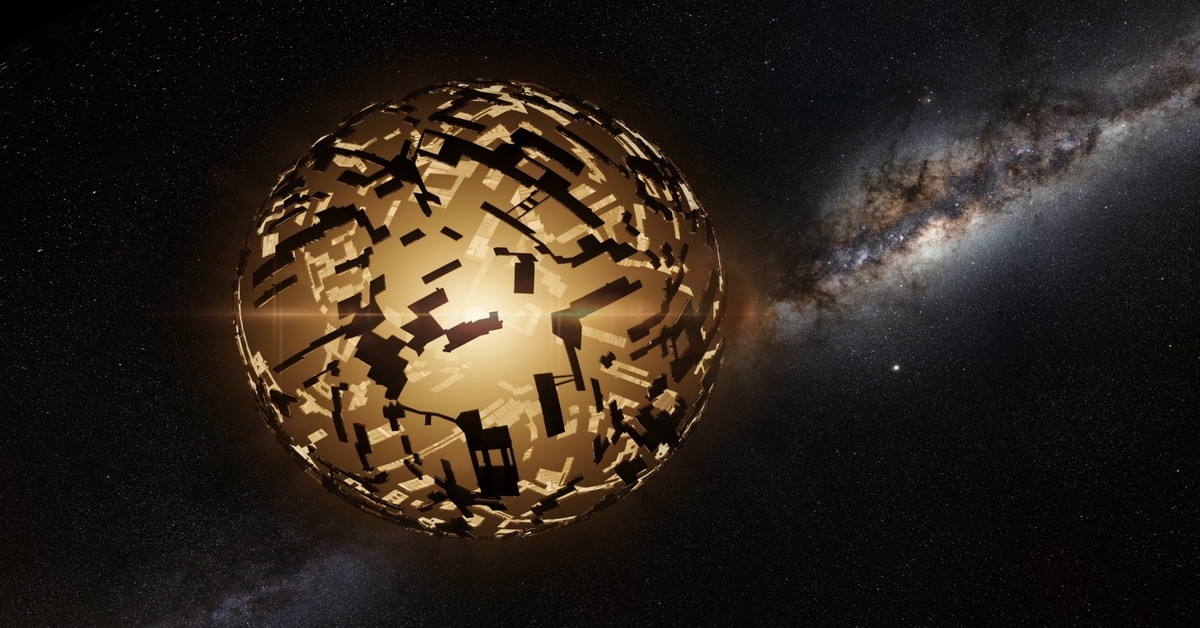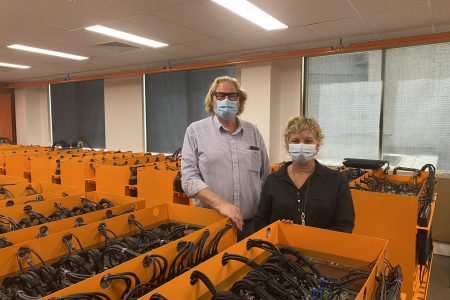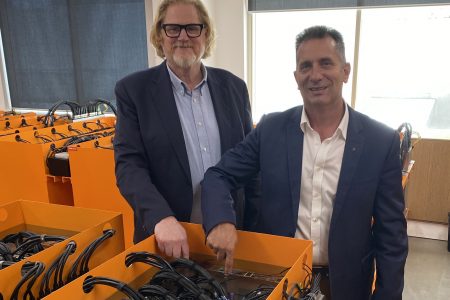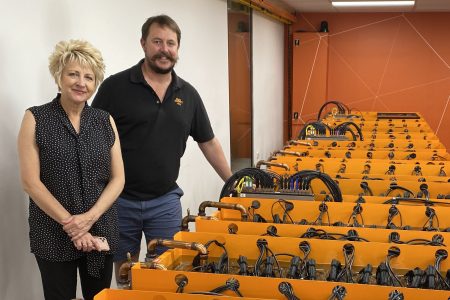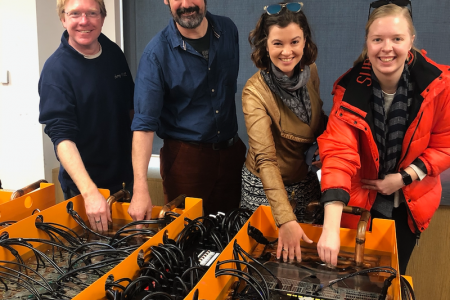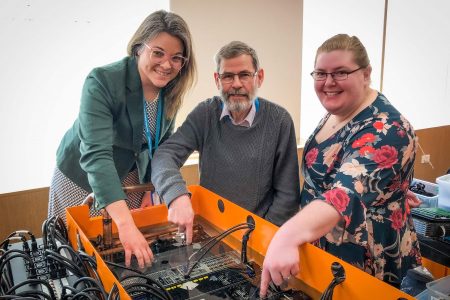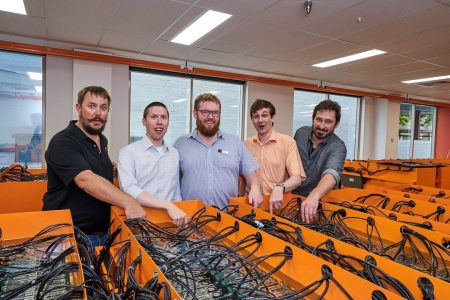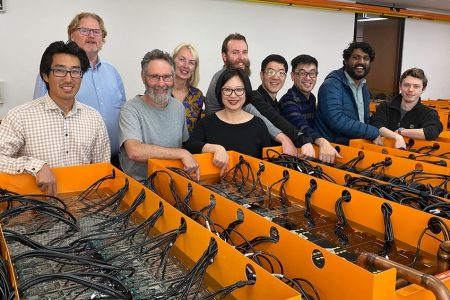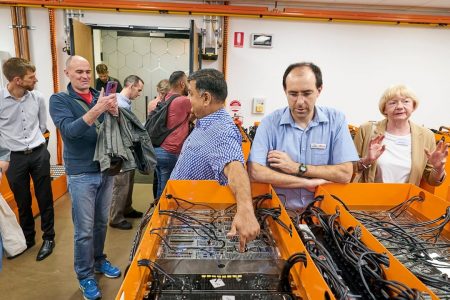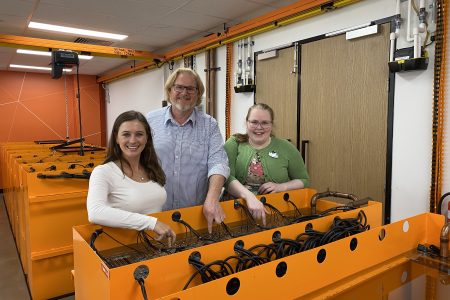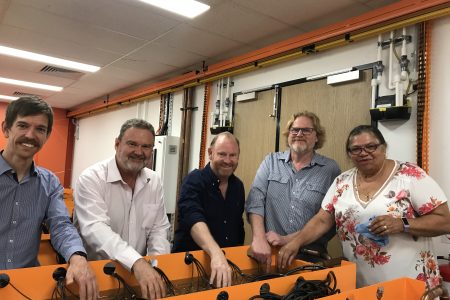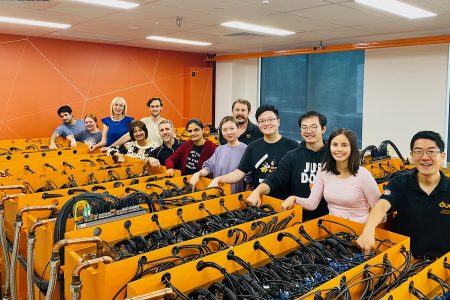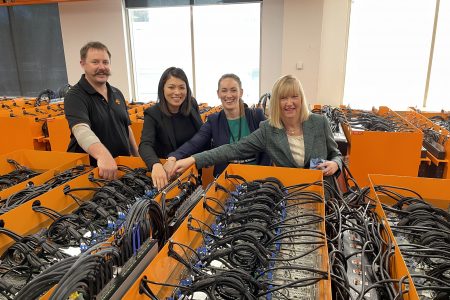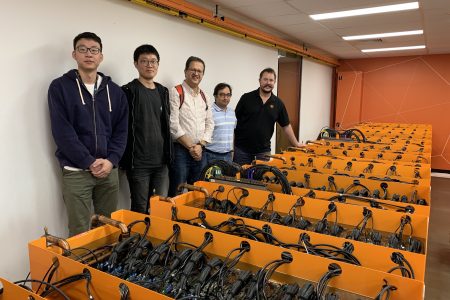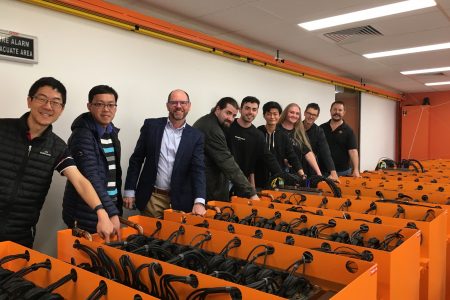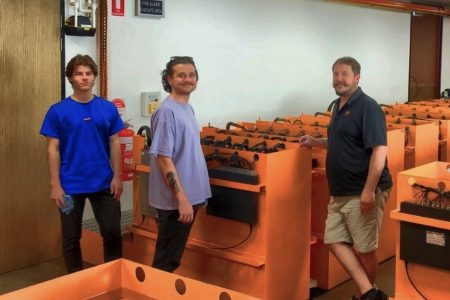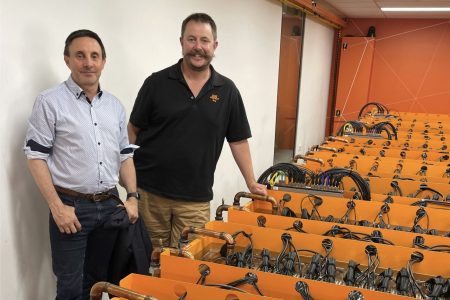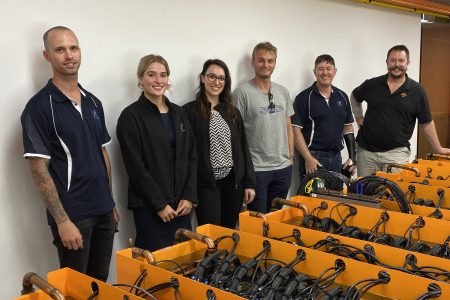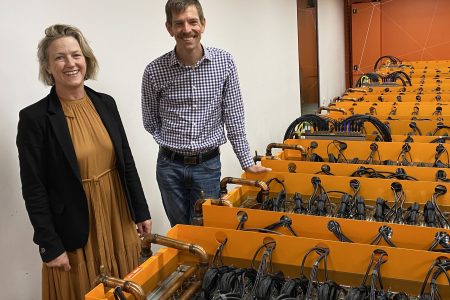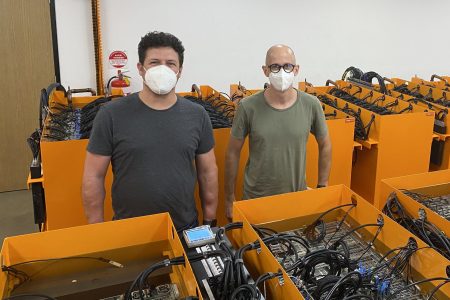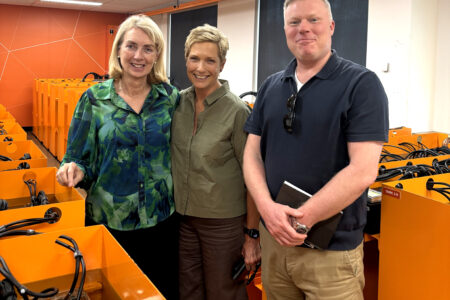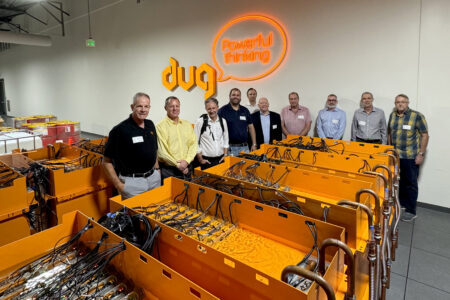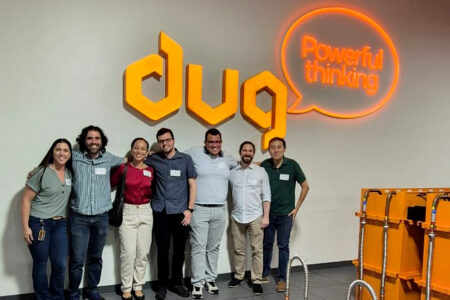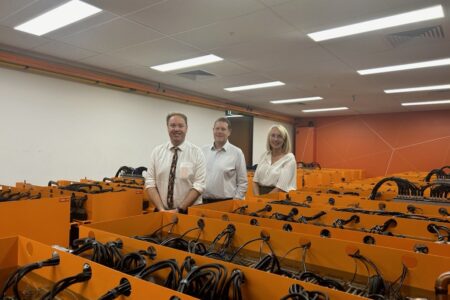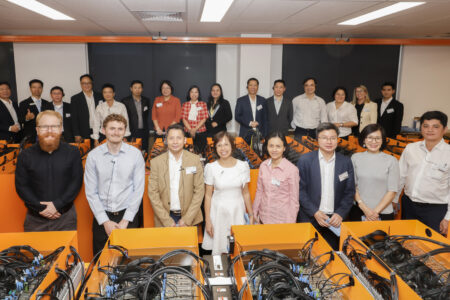Imagine a future where death is only physical, not mental.
Imagine being able to achieve immortality simply through digitalisation.
Or imagine being physically dead just to evade taxes like what Hotblack Desiato did in The Hitchhiker’s Guide to the Galaxy.
If you’ve seen the “San Junipero” episode from the dystopian television series Black Mirror, then you might be familiar with this abstract concept.
But to transform that fiction into reality, one would have to harness the power of a Dyson Sphere, a megastructure built in space that would surround a star to collect its energy.
Wait… For real? How does that work?!
Simulating your entire life.
Encompassing a star, a Dyson Sphere’s main task would be to capture a large percentage of the sun’s power output. The power is then fed to a superintelligent artificial agent, allowing it to gather and store comprehensive historical and personal information about you so that it can reconstruct an accurate digitised version of you.
Once that is completed, you’ll be able to live your whole life (again) in a simulated reality. And once your digital life has run its course, you’ll die (again) and be warped into a simulated afterlife, where you’ll get to spend forever with your friends, family and perhaps your cat.
This is all mind-boggling stuff that’ll make you go “Nah… In no way this is possible!”
While you aren’t wrong about that, transhumanist Alexey Turchin reckons that someday (in the far far future) we’ll be able to experience immortality in that sense. It’s described as “Plan C – Digital Immortality via a Dyson Sphere” as part of his “Immortality Roadmap”, published in a paper titled “Classification of Approaches to Technological Resurrection.” Plans A, B and D involve life extension, cryonics and quantum immortality, respectively. Read more about each of their arguments in the paper!
At the age of 11, he was inspired to explore the possibility of eternal life when a classmate of his passed away. He began to ponder in science-fiction terms about what could be done to preserve and extend life.
But with all this talk about a Dyson Sphere, what exactly is it?
The incredible concept of the Dyson Sphere.
The other-worldly concept of a Dyson Sphere was a result of a thought experiment by physicist and mathematician Freeman Dyson. His 1960 paper, credited with being the first to formalise the concept of the Dyson Sphere, reasoned that if human civilisation expanded energy demands long enough, there would come a time when it demanded the total energy output of the Sun.
Here’s the gist of the concept: It’s a gargantuan artificial structure comprising thousands of solar panels mounted on satellites orbiting a star. Together they form a hypothetical shell enclosing the star to take in its energy close to 400 septillion watts per second. That’s about a trillion times our current worldwide energy usage! Being able to provide such an energy capacity is one of the reasons why Turchin turned to the idea as a way to power supercomputers capable of advanced simulations in the future.

Just imagine the ball at the bottom of a Dyson vacuum cleaner… But a bazillion times bigger!
The gigantic solar farm would be the ultimate alien megastructure, signalling the passage of humankind from a planetary species to an interstellar one.
Is this the real life? Is this just fantasy?
Great! But the problem is: We can’t actually build such a thing (yet).
To make such a structure plausible, we’ll need a completely new material with a tensile strength so great that it can prevent the sphere from tearing itself apart in space.
Its stability is also in question as the sphere wouldn’t gravitationally anchor to the star in a secure manner. A random meteor strike would nudge the sphere and send it towards its destruction.
Apart from technological limitations, there are also countless philosophical and political ones.
Humans have evolved to be mostly short-term thinkers, distracted by matters of profit and loss in their short lifetime. It’s very unlikely that there’ll be enough support to build something that’ll only benefit humans living 1,000 years from now.
And is a digital twin of you, really you? While the copy is inherently you up until the point you download it, after that it might evolve into another person. Essentially, the digital copy might diverge from its biological copy.
Nevertheless, it’s still something very intriguing to mull over during the weekend: Are you keen on human immortality?


